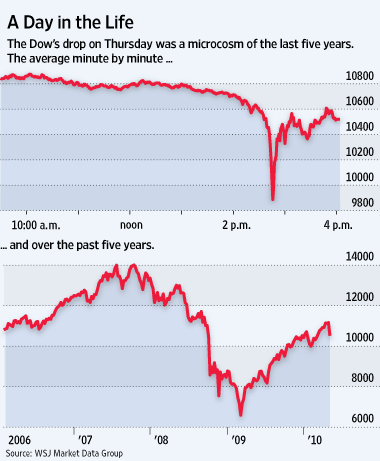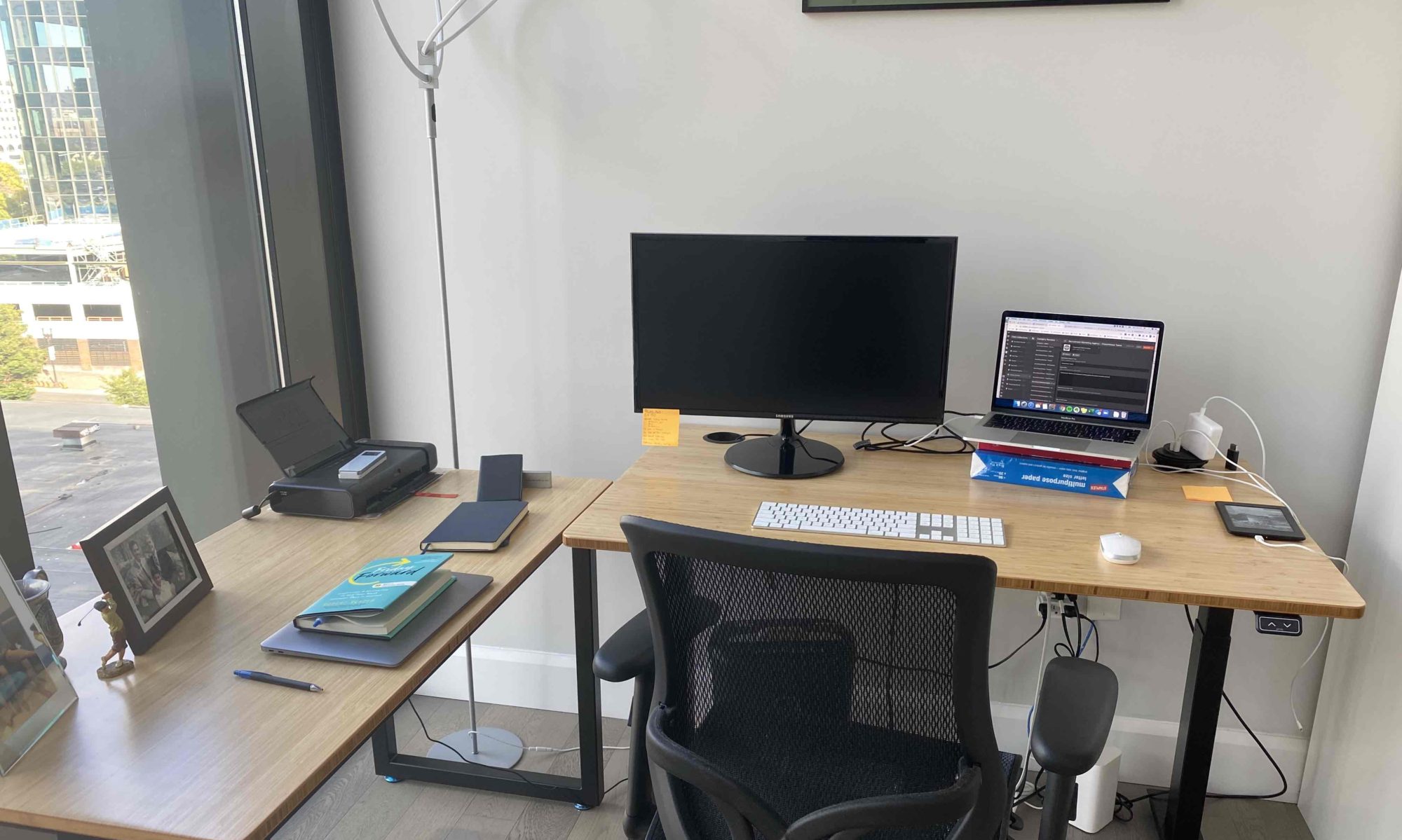Not long ago someone asked me what I thought they should do with the money currently in their savings account. With interest rates near 0%, it’s tough to watch any sizable balance just sit there. While most of my own investments are in equity ETFs (I was lucky enough to buy a large chunk last year in early March), I think there are some really interesting investing opportunities which are being facilitated by startups. I’m sure I’ll miss a few categories that should be on the list, so feel free to email me: phil (at) philstrazzulla (dot) com, or leave a follow up in the comment section.
Private Company Stock
Thanks to companies like New York based SecondMarket, individuals now have the ability to buy stock in private companies from facebook to LinkedIn. Funnily enough, some private investment funds, notably Bono’s Elevation Partners, have used similar channels to make purchases. SecondMarket continues to grow and they are adding new asset classes to their already diverse platform. They have also posted some interesting data on who is participating in these markets, and what is being traded the most.
Peer to Peer
Peer to Peer lending allows one to lend small amounts of money to people across the country. Many of these folks can’t get money through traditional channels such as credit cards and equity loans, so the interest rates are fairly high for what are usually short term loans. According to Lending Club the average returns on their platform have been about 9.5% – not bad (check out this graph which compares their returns to treasuries and stocks). It will be even more interesting to see if these companies develop structured products so that investors can take advantage of these yields while diversifying the risk of being burned by a small group of people that don’t end up paying back the loan. And, it will also be interesting to see how they create transparency in these markets to avoid some of the pitfalls of overly complex and correlated mortgage backed securities.
Micro Lending
Micro lending has been around for a long time now. Basically, loans of $50-$2,000 are given to folks in third world countries so that they can buy anything from wheelbarrows to a cell phone in order to improve their lives and many times their businesses. Returns in this market are actually pretty high with repayment rates averaging around 98%. One company, DVELO, is raising capital mostly from college students and socially responsible young professionals (but I’m sure they’d take your money too). DVELO raises capital which is then passed through to the actual micro lenders – of which there are about 3,000 globally. One interesting thing I learned from the founder of DVELO is that many of these companies lend to a group of 3-4 neighbors who share the responsibility of the loan. This means that if you can’t make up your portion, you have to suffer the financial and social consequences, creating a larger incentive to repay your loan.
A New Spin on Angel Investing
Angels are wealthy individuals who give money to early stage companies who need cash to grow their business. Many times Angels also provide expertise and their network in order to jump start a business. There are now companies emerging which plan to offer online market places for raising seed money (and some will also facilitate later round funding). Microventures has yet to launch formally, but was written up by PeHub last month (the article has since been archived and requires a subscription to view it). The way that this and similar services would work is businesses would post information about their business, goals, and how much they needed to raise. There would then be the opportunity for people to submit bids on how much they’d like to invest and under what terms. There are obviously a lot of issues (not least of which is confidentiality), but it seems like an interesting idea and possibly something to delve into further after this service launches.
There you have it – my advice for where you can invest your capital and try to avoid the risks inherent in the below graph from the WSJ. Enjoy!

